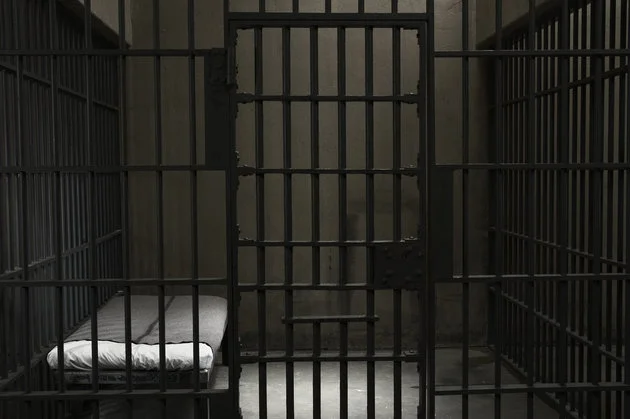OKLAHOMA CITY -- There was often a festive atmosphere in Judge John M. Jacobsen’s courtroom on Friday mornings in the Oklahoma County Juvenile Justice Center.
Jacobsen was a juvenile court judge in Oklahoma County, and for most of the weeks his dockets dealt with young people who had been had been found to be deprived of the family support children need, but on Friday he presided over adoptions for some of those children.




















